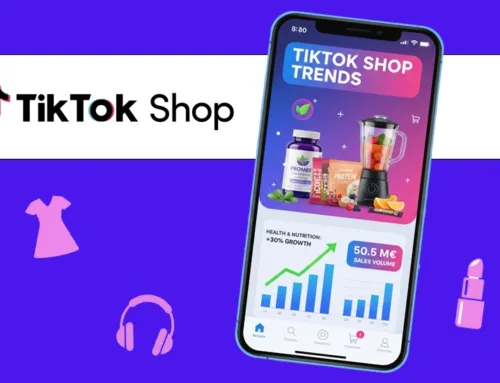Today, Content Commerce has become one of the most widely used tools in digital marketing. Thanks to its various formats, it can be used to analyze and recommend products or services in a way that is qualitative, useful, engaging and inspiring for web users, while remaining consistent with the media’s editorial line. It helps web users by answering their questions, advising them and giving them ideas through trusted content.
Content Commerce publishers and content
An increasing number of content publishers are taking an interest in Content Commerce, offering diversified, personalized content for the brands they work with. These content publishers include: major media outlets, thematic portals, shopping guides, influencers, as well as good deals sites… The most commonly used types of content are: editorial content, sponsored posts, product tests, video content, live shopping, shopping guides…, etc. It’s therefore important to determine your main objectives and challenges in order to choose the right content for your campaign(s).
Content Commerce meets a number of objectives
The main idea behind Content Commerce is to guide Internet users in their research and provoke purchase intent, but not only that! In fact, it is now possible for an advertiser to meet several objectives, both qualitative and quantitative, through different types of content. Examples of qualitative objectives: targeting a new audience, creating a marketing buzz around a new product, positioning yourself as a brand on a specific theme, reinforcing your brand’s image of expertise, being visible… Examples of quantitative objectives: increasing traffic outside sales periods, generating more sales and turnover during a busy sales period, acquiring new customers, etc. The more precise the objectives, the more personalized and context-specific the proposed content. The aim is to ensure that all stakeholders benefit. Indicators to track: reach, cost per read, click-through rate, number of sales, turnover and ROI. In short, Content Commerce is about delivering relevant content to a receptive audience, in the right context, to generate performance.
Mis à jour le 23 January 2025
Mis à jour le 23 January 2025




